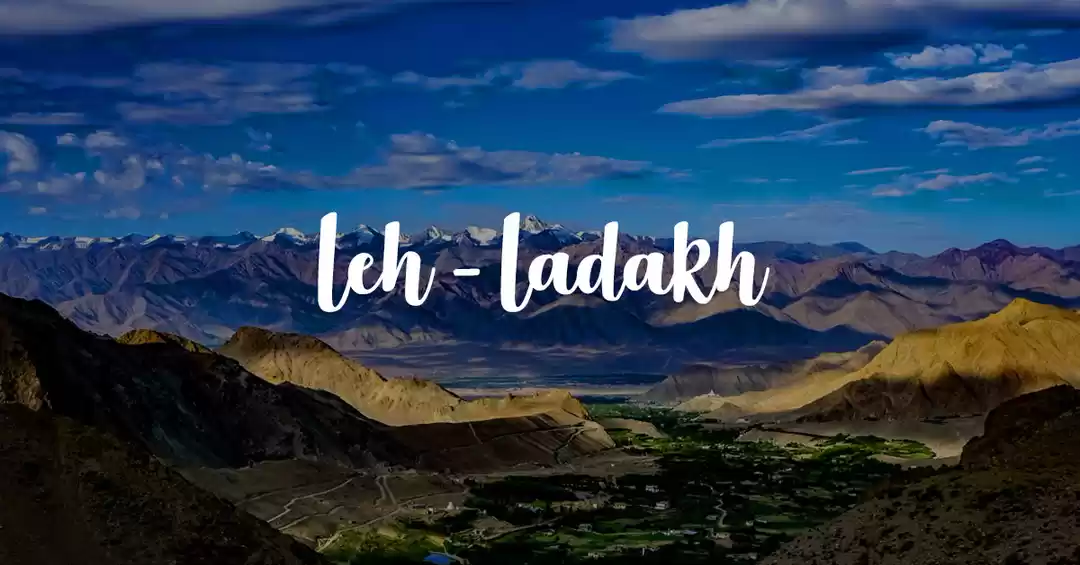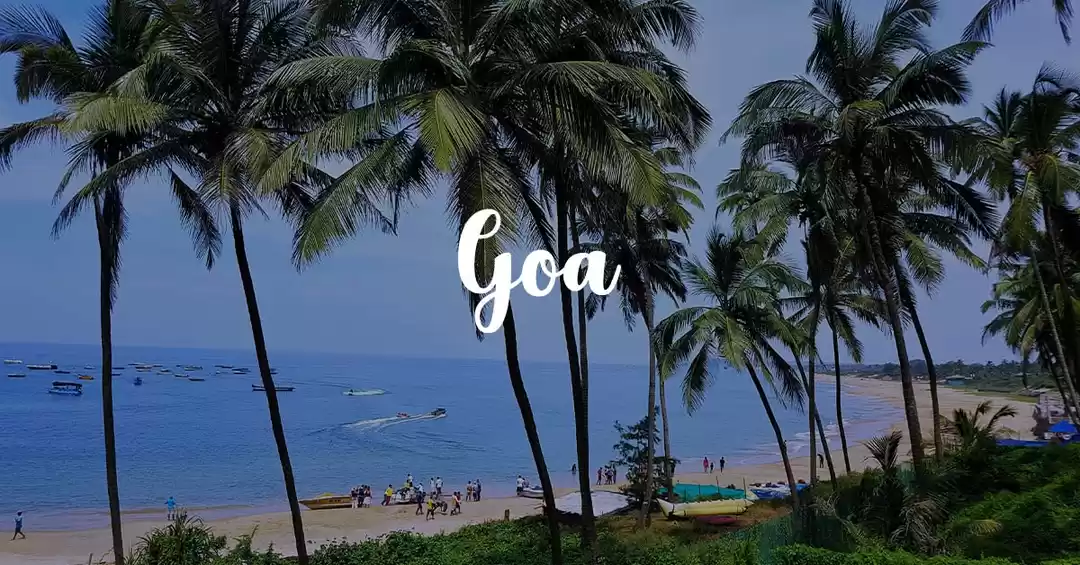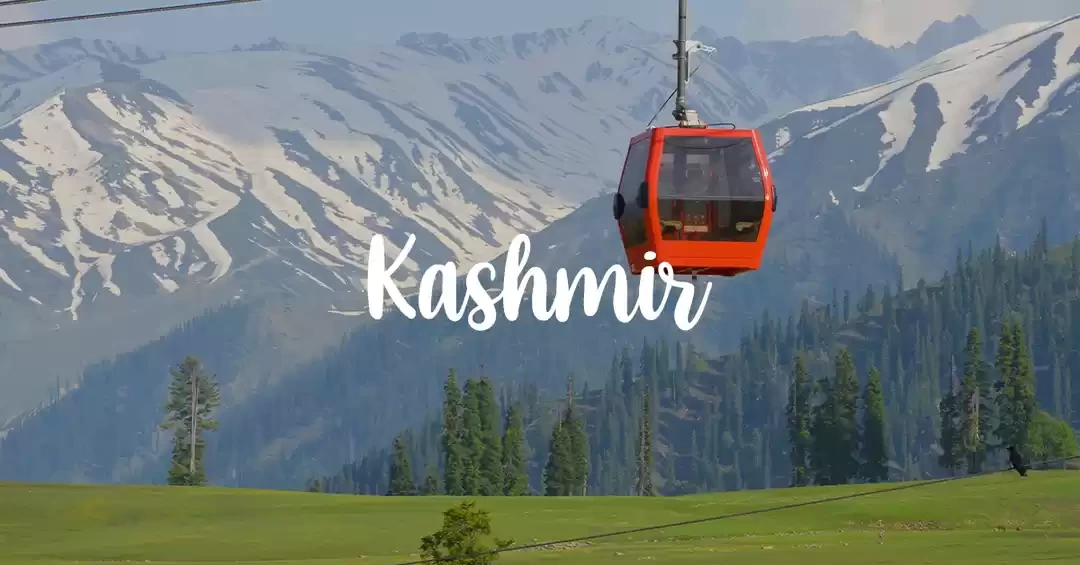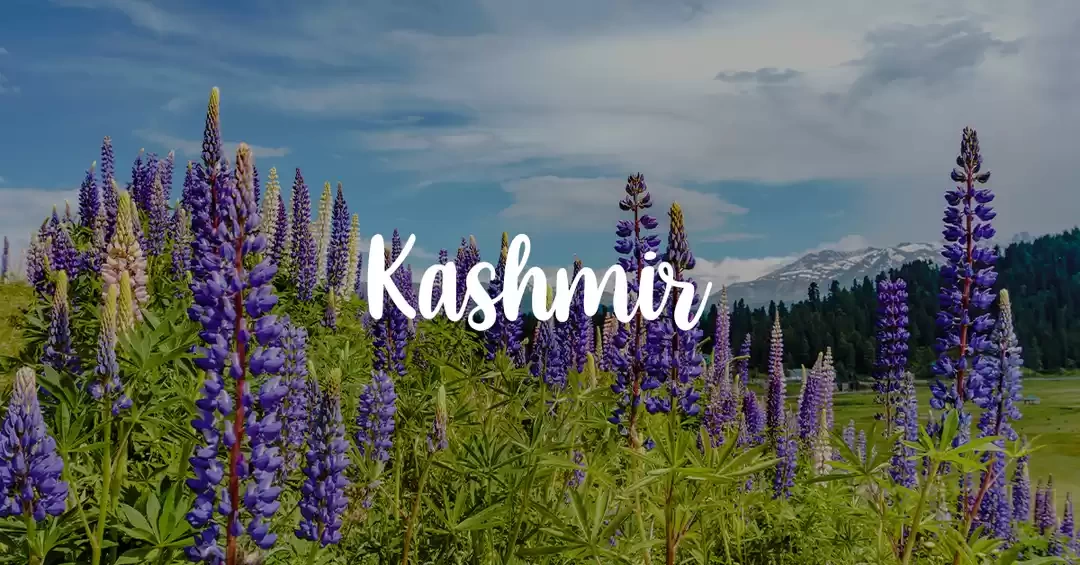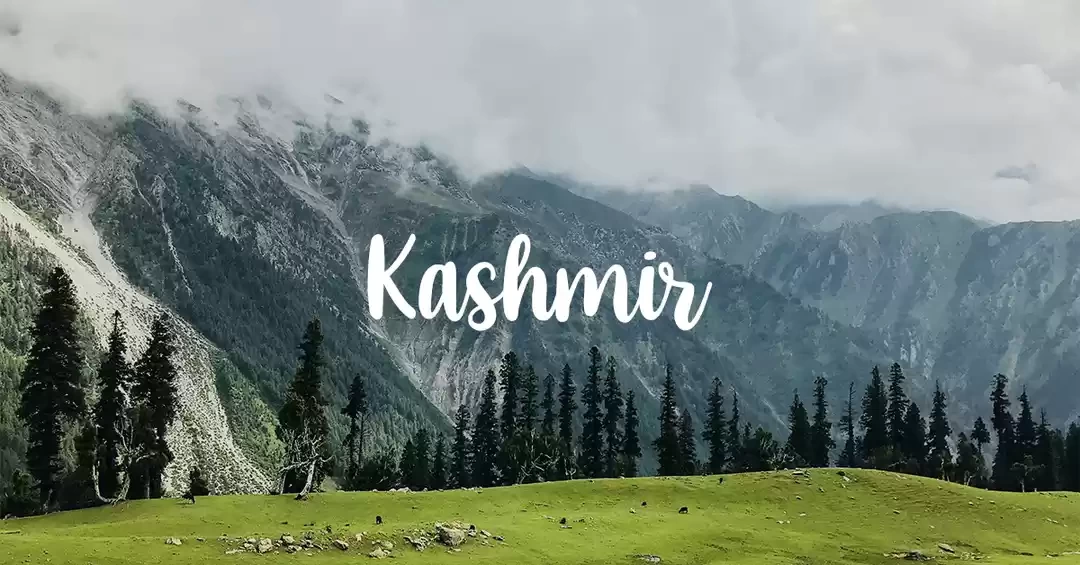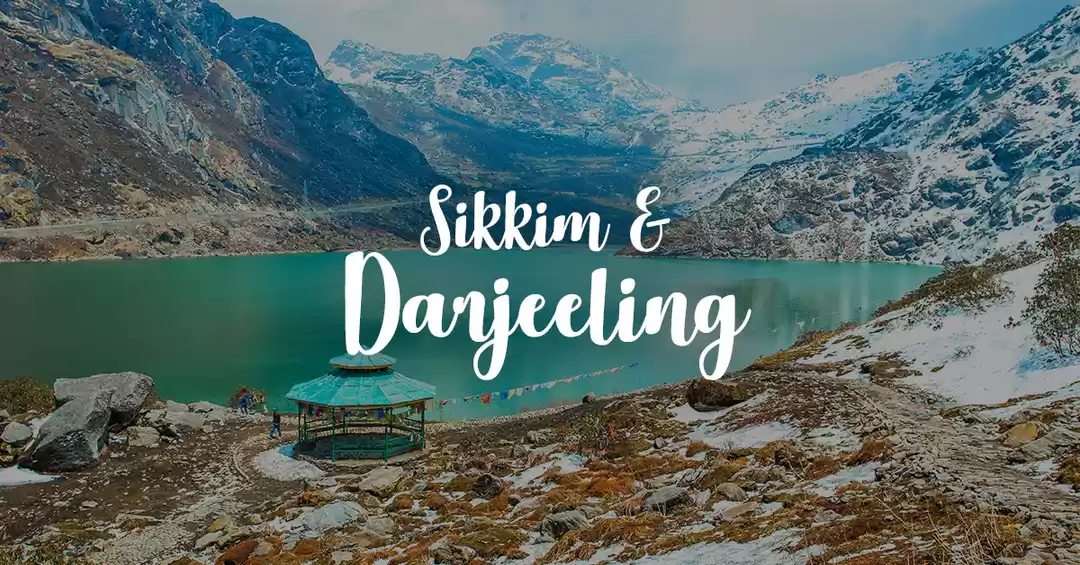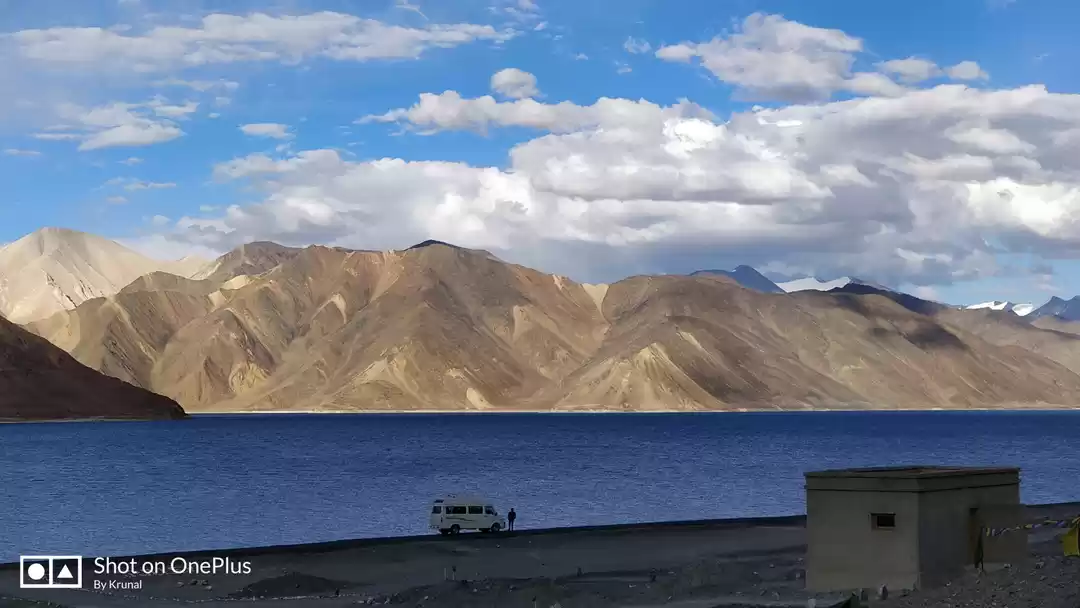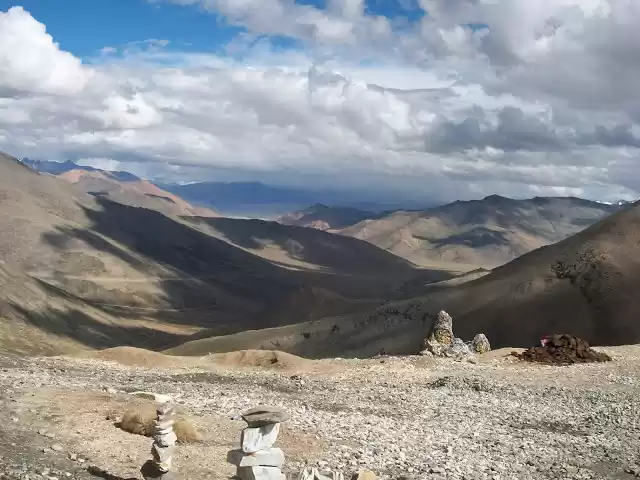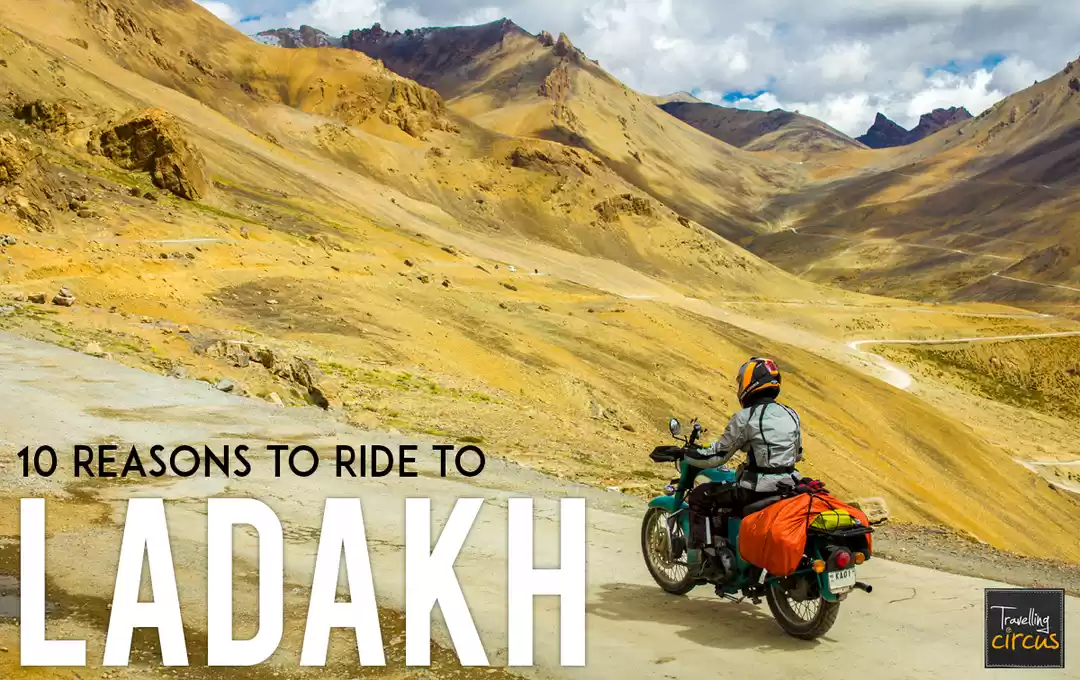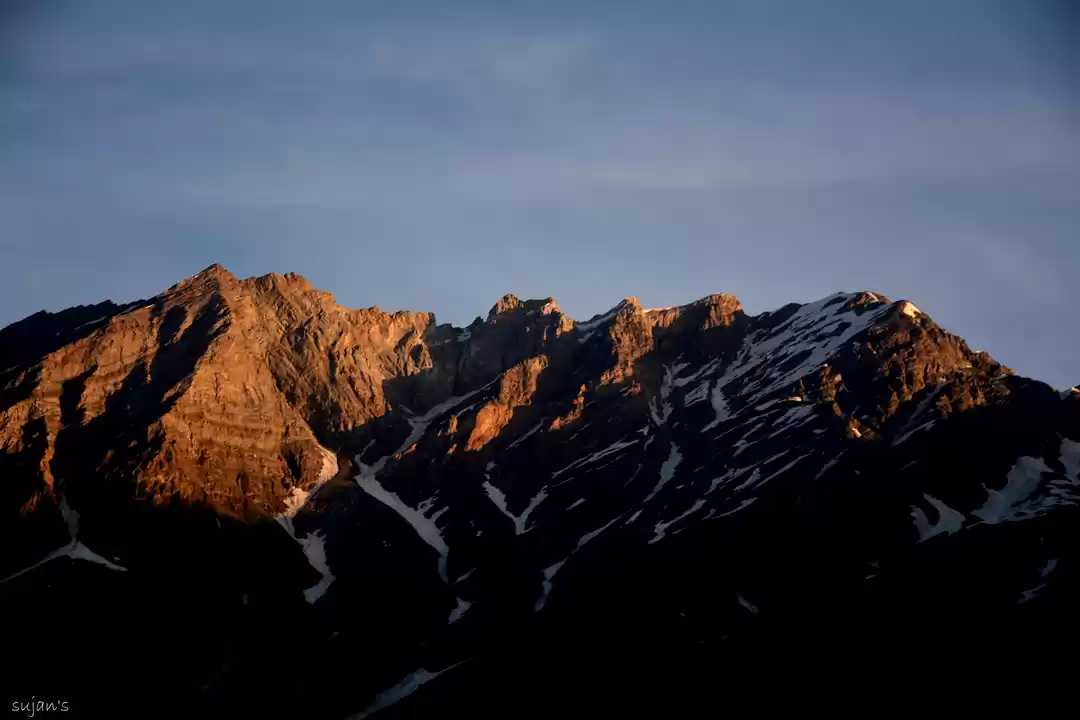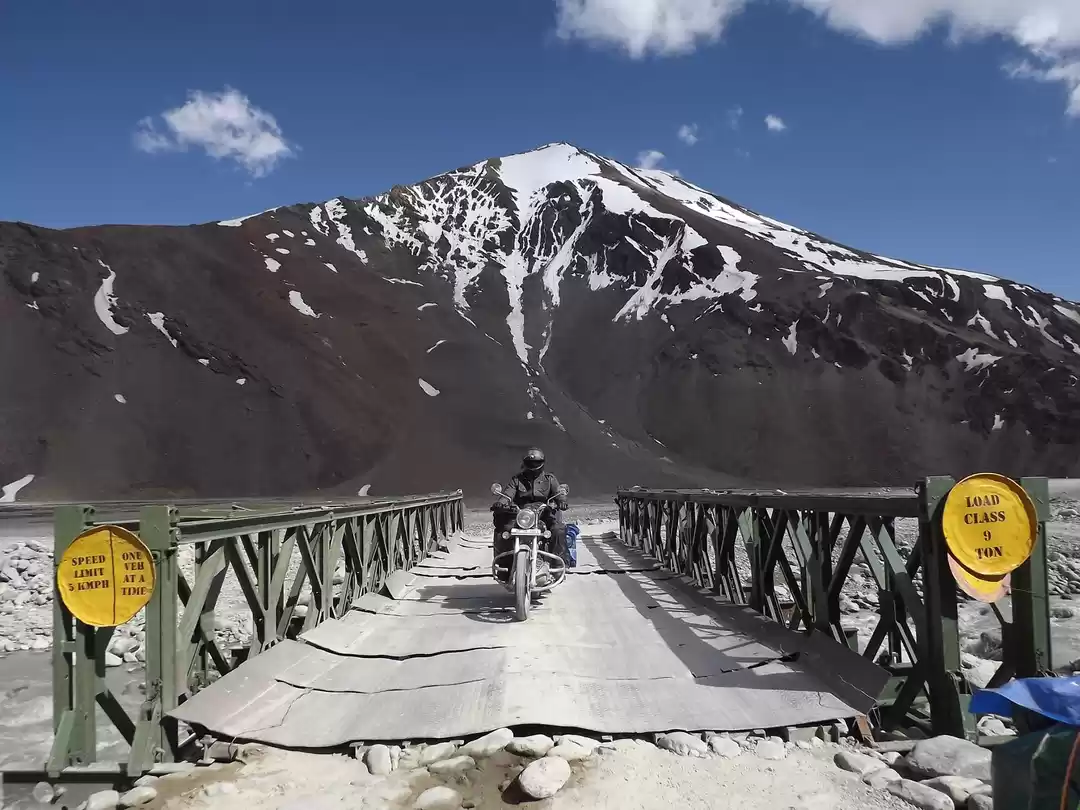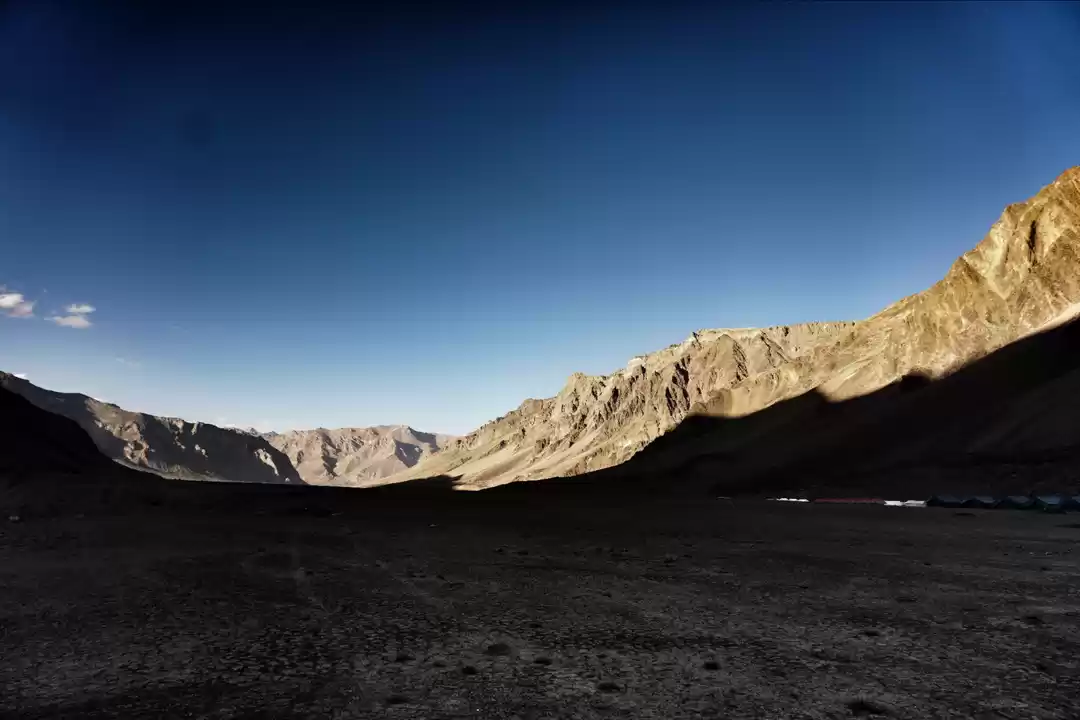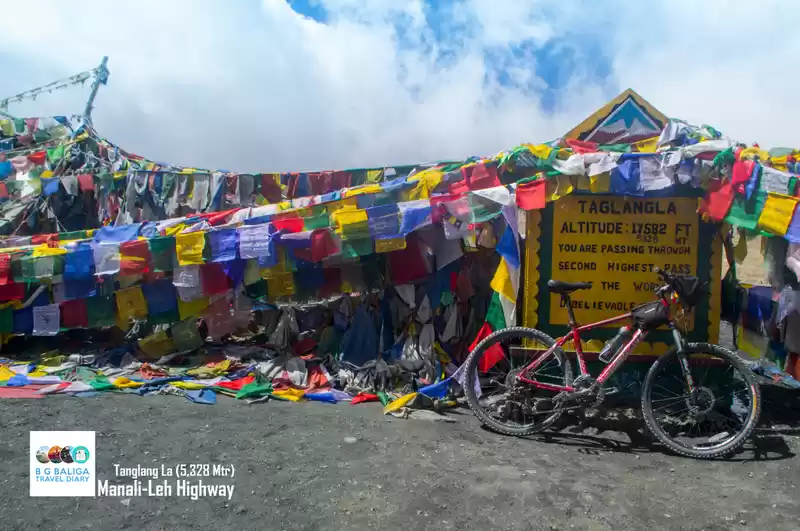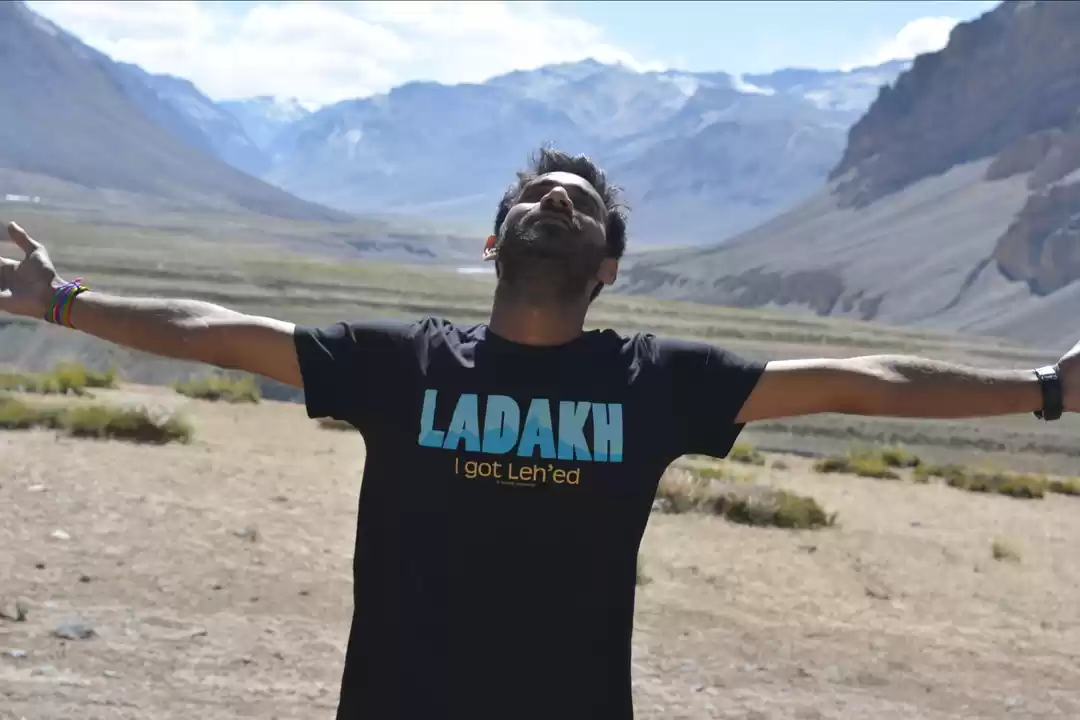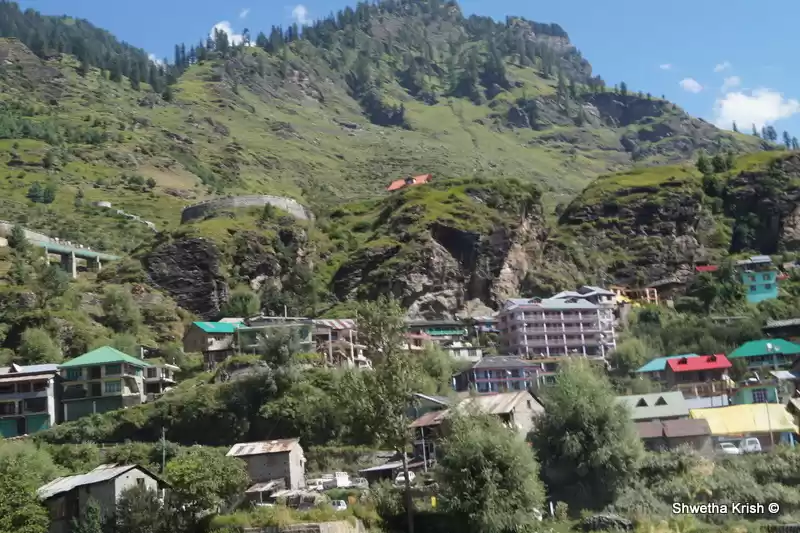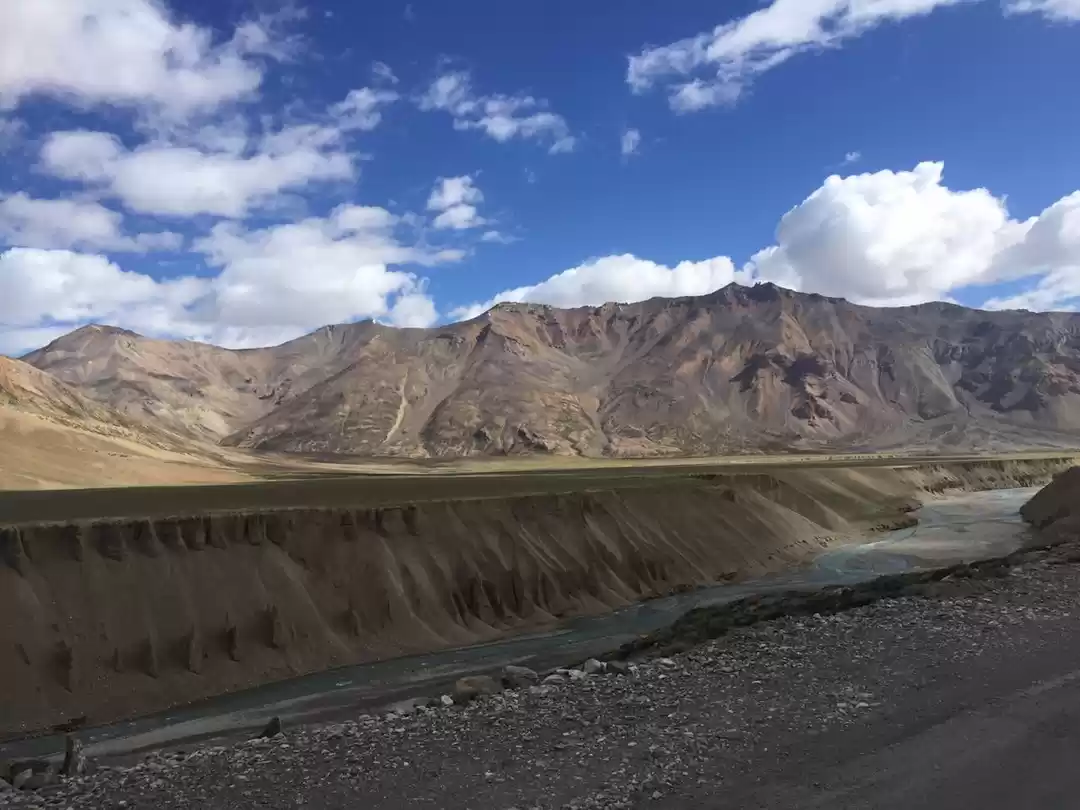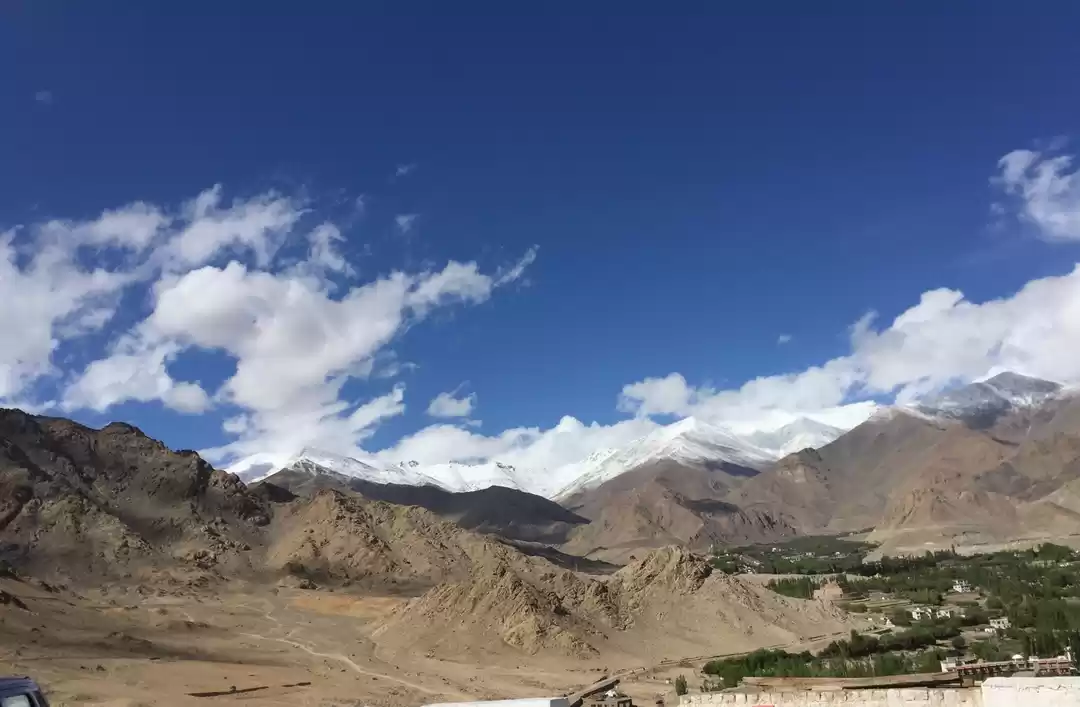
Leaving behind all baggage and burdens of the daily grind, one must escape at intervals, and travel. Travelling is essential for introspection and acts as a stress-buster; and when the beauty of the surrounding landscapes takes you closer to heaven or as close as one can get, then it is double the pleasure.
Choosing to explore the Himalayas necessitates that one goes deep inside to discover the true essence of the mountains. Popular hill stations with their carnivals of gaily dressed tourists and shiny shops show the mountains in a physical sense, but the soul is missing. So finding and exploring the lesser known places creates a deeper bond between the traveller and the hills.
Finding Ladakh
Ladakh. The enchanting land of many high passes, gompas, chortens, and indescribably beautiful natural landscape. The name is quite familiar to many Indians, and the three names that are almost synonymous to Ladakh are: Leh, Nubra Valley, and Pangong Lake. Leh, is the capital city and is located beside the mighty Indus; while thanks to the blockbuster movie “The Three Idiots,” the beautiful Pangong Tso attracts a great deal of noisy tourists; but, Ladakh is much more than just these three names. It is about exploring the other places that surround these famous names, it is about staying for many days to feel the places, walking around, and most importantly, acclimatising. Ladakh, as the very name suggests, is a land of high passes, and one must cross many such passes with very little oxygen content at regular intervals. The entire region hardly falls below 9000-10000 feet and human bodies must first acclimatise to such heights and low oxygen levels to avoid high altitude sickness and other associated medical conditions. Travelling is fun, but so is taking precautions and then travelling, which makes the experience so much more worthwhile.


The most popular route via road to Ladakh is the Manali- Rohtang la- Jispa route that goes through the Baralacha La and Sarchu. In Baralacha la one will get to see the beautiful blue waters of the Suraj tal, from where the Bhaga river starts its long winding journey downhill, to meet the Chandra river in Tandipule, and form the mighty ChandraBhaga or Chenab. Once the long and rough ride across the Baralacha La is over, a new tarmac road greets the travellers on their way to Sarchu, where usually the first night halt is made.
Sarchu is a beautiful place with the black tarmac road running right across it, and wide green meadows on two sides. The place is located on the banks of the Tsarap Chu that cuts strange patterns on its high banks on two sides. Here many tented accommodations are available, and it is a welcome break to rest or simply wander around, after the jolting drive across the Baralacha la. Once one crosses Sarchu, one enters the state of Jammu and Kashmir, and the beautiful road meanders across wide valleys and high snow capped mountains, until the car reaches the famous Gata loops that in 21 sharp twists takes one straight up from 13780 ft to 15302 ft. This road goes through some awe inspiring landscapes, as one crosses Nakee La and Lachung La, two high passes one after the other, and after some really rough driving reaches Pang, where there is a large army camp. From Pang the road suddenly turns silky smooth and one gets to enjoy a dream run through the beautiful Mori plains. Imagine driving through a beautiful road, with yellowish to white sandy soil dotted with green shrubs stretching far on both sides, and snow capped mountains surrounding you at a distance from all sides. Sounds like heaven? Well, you are there, or as near as one can get to it.

The smooth road moves on through this slice of heaven, but the rough ride starts again as one leaves behind the Mori plains and begins the long winding journey up the third pass in this route, the Tanglang La. The view from this pass is gorgeous, but the oxygen is dangerously low, and also one must reach Leh before sunset, so the drive continues. Once the pass is crossed the road becomes smooth again and takes one through scenic villages with pretty white chortens dotting the roadsides. Here, between the villages Gya and Upshi, one can see beautiful red coloured mountains, and it is in Upshi village that the mighty Indus is seen for the first time, which gives constant company until one reaches Leh.
Leh is a rather serene town laid out on a wide valley surrounded by brown mountains on all sides. The town is green and beautiful, with a wonderful view of snow capped peaks, old houses, chortens, the Leh palace, Shanti stupa, among many more. The Shanti stupa gives a wonderful view of the town from top, and one can spend hours sitting quietly and admiring the serenity of the place. It is advisable to spend few days in Leh, as there are many places to visit from this place, such as the Hemis gompa, Thikse monastery, Stok monastery and palace, Shey gompa, Alchi gompa, Magnetic hill, Llamyuru, etc.
Nubra valley, which is around 150 km from Leh, is another beautiful place and has many things to see and places to explore. Besides the regular double humped Bactrian camel rides at the Hunder sand dunes, one can visit the old Diskit monastery; while for the more adventurous ones, the long road filled with white sand beckons, and one can take off for the remote village of Turtuk.
Turtuk, which is located just about 10 km away from the LOC, is a place worth visiting, both for its beauty and also for the sense of adventure that one feels while undergoing the 4-5 hours drive through deserted roads beside the river Shyok, the name literally meaning the river of death. The village, which was opened for tourists in 2010, grows the best apricots in India, has some old historical structures to see, and the Balti people living here are extremely warm-hearted and welcoming.
While entire Ladakh enchants the traveller with its indescribable beauty, the jewels in its crown are the high altitude lakes. Among these, the better known ones are the Pangong Tso, Tso Moriri, and Tso Kar, and all of these have brackish waters. Glacier fed, the pristine blue waters of these lakes keep changing colours from deep blue to light blue to emerald green with every flutter of a breeze and the passing of a cloud. Their ethereal beauty overwhelms one’s senses, and as you stand beside the lakes gazing at the reflection of the surrounding mountains in the crystal clear waters, hearing the sound of the waves gently lapping at your feet, you simply forget your own entity, and become a part of the nature around you.
Ladakh is a place where the beautiful landscape couples up with extremely hospitable and friendly local people who are always eager to help. It is also the place where you will see the goats that give wool for weaving famous pashmina shawls. Here you will also see plenty of wild yaks, wild horses, marmots that keep popping out of their ground holes, different migratory birds besides the lakes, and the famed wild asses of Ladakh. The innumerable roadside chortens, big and small stupas, and colourful Buddhist flags with mantras written on them fluttering gaily in the wind, add to the beauty of the place. Ladakh is a place where going once is not enough, as it keeps calling you back. Perhaps even one lifetime is not enough to explore Ladakh; and as you make your return journey you will wish that you could keep coming back to this part of the heaven.
Points to take care of
Ladakh for most parts has extremely low oxygen and many lives have been lost because of unawareness or over-confidence. A visit to the doctor is necessary before going here, especially for people with high pressure, heart problems, or breathing issues. Acclimatizing is compulsory, to let the body get used to heights. Updating oneself after reaching Leh about the routes is necessary, as roads keep getting closed owing to landslides or flooding. Many parts in Ladakh need permits for a visit, and these can be arranged only at Leh. Carrying water and other snacks are essential for one never knows where the car might get stuck. Besides the passes mentioned here, there are two other beautiful high altitude passes that fall in the popular routes: Khardung la and Chang La. It is a land of high passes, hence it is always cold, and it is a good idea to carry woollens. The road for tourists generally closes down during November, as it starts snowing on the high passes by then.
#snow #jammuandkashmir #travelling #himachal pradesh #india #womenwanderers #himalayas















